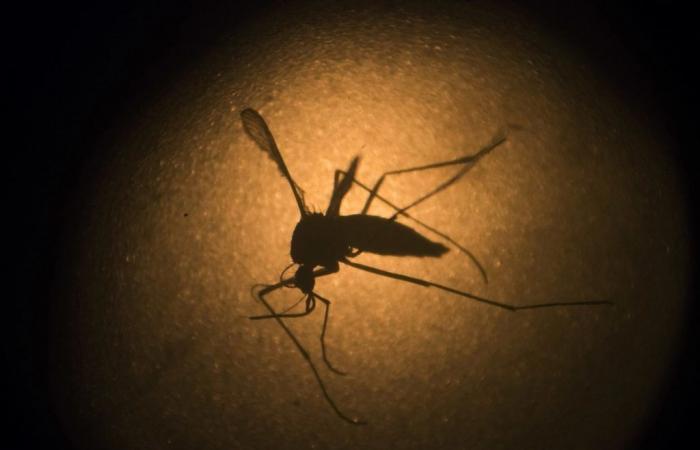
Campinas (SP) reached the largest dengue epidemic in the city’s history. According to the Arbovirus Panel, the metropolis has, until this Friday (26), 65,808 cases of the infection in 2024.
The number surpassed the 2015 mark, 65,754 infectedwhich was the highest rate of records of the disease until then. See the timeline below:
The city adds 14 deaths from dengue this year – still below the 22 deaths in 2015. According to the Department of Epidemiological Surveillance (Devisa), Campinas lives the peak of the disease.
In the period between March 31 and April 6 (epidemiological week 14), the city recorded the highest volume of infected people in the historical series in seven days: 8,084 cases. The dashboard updates in real time.
See the graph below with data updated until this Friday:
Due to the characteristics of dengue epidemics, the month of April concentrates the highest number of cases and the expectation of experts is that Campinas, as well as other places in Brazil, after reaching the peak, enter a plateau and register a reduction in infected people from May.
In this regard, the climate issue has a lot of influence. The arrival of colder days is responsible for the decrease in mosquito “voracity”explains the city hall infectious disease specialist, André Ribas.
“The pattern of our autumn is precisely still warm days, but with slightly colder nights, and the mosquito’s voracity tends to decrease. With the cold, it reduces activity, the reproduction rate, and the tendency is for the In the coming months, the infestation will decrease”, he explains.
Statistics from the Department of Health Surveillance (Devisa) show that 80% of breeding sites are in homes.
However, actions such as the release of mosquitoes infected with Wolbachia bacteriaalready adopted in some Brazilian municipalities, “is an interesting alternative”.
Given the city’s interest, the federal government has committed to informing interested parties when new projects are opened, which also depend on increasing Fiocruz’s production capacity.
The infectious disease doctor also highlights the use of dengue vaccines as a strategy that could have an effect in the coming years, when there is a wider supply and new vaccines are available.
“The issue of controlling breeding sites is fundamental, and the vaccine will help, next year it will be more extensive, this year was very fast, there was practically no time for large acquisitions, in addition to production logistics. I believe we have new vaccines approved, there is also an expectation of a vaccine against chikungunya, which is more serious than dengue”, he points out.
Hospitalizations and symptoms
According to the panel, 2.4% of registered cases required hospitalizationboth in the city’s public and private networks.
Among the symptoms, fever (94.8%), headache (72.3%) and body aches (70%) are the most common complaints from those who test positive for the disease in the city.
Among the actions are directing financial resources and agility in the purchase of inputs, serum and materials for nebulization, in addition to paying overtime and possibly hiring staff to reinforce assistance.
When to seek care?
Previously, the city hall’s recommendation was that residents seek medical attention when the patient had a fever and two other associated symptoms, such as headache, body pain, nausea, vomiting, spots on the body, joint pain and pain behind the eyes.
Patients who, in addition to fever, experience dizziness, severe abdominal pain, frequent vomiting, cold sweat and bleeding should go to an emergency room or Emergency Care Unit (UPA).
For the first time in history, three serotypes circulate simultaneously in the city: 1, 2 and 3. The Health Department emphasizes that residents should not underestimate the symptoms.
The Department of Health argues that since December 2023 it has put into practice “a series of measures considered additional, on regular planning to prevent and combat dengue”, which includes a “Situation Room for systematic analysis, reorganization of the municipal health network and new website to disseminate information”.
Guidelines for the population
-
-




